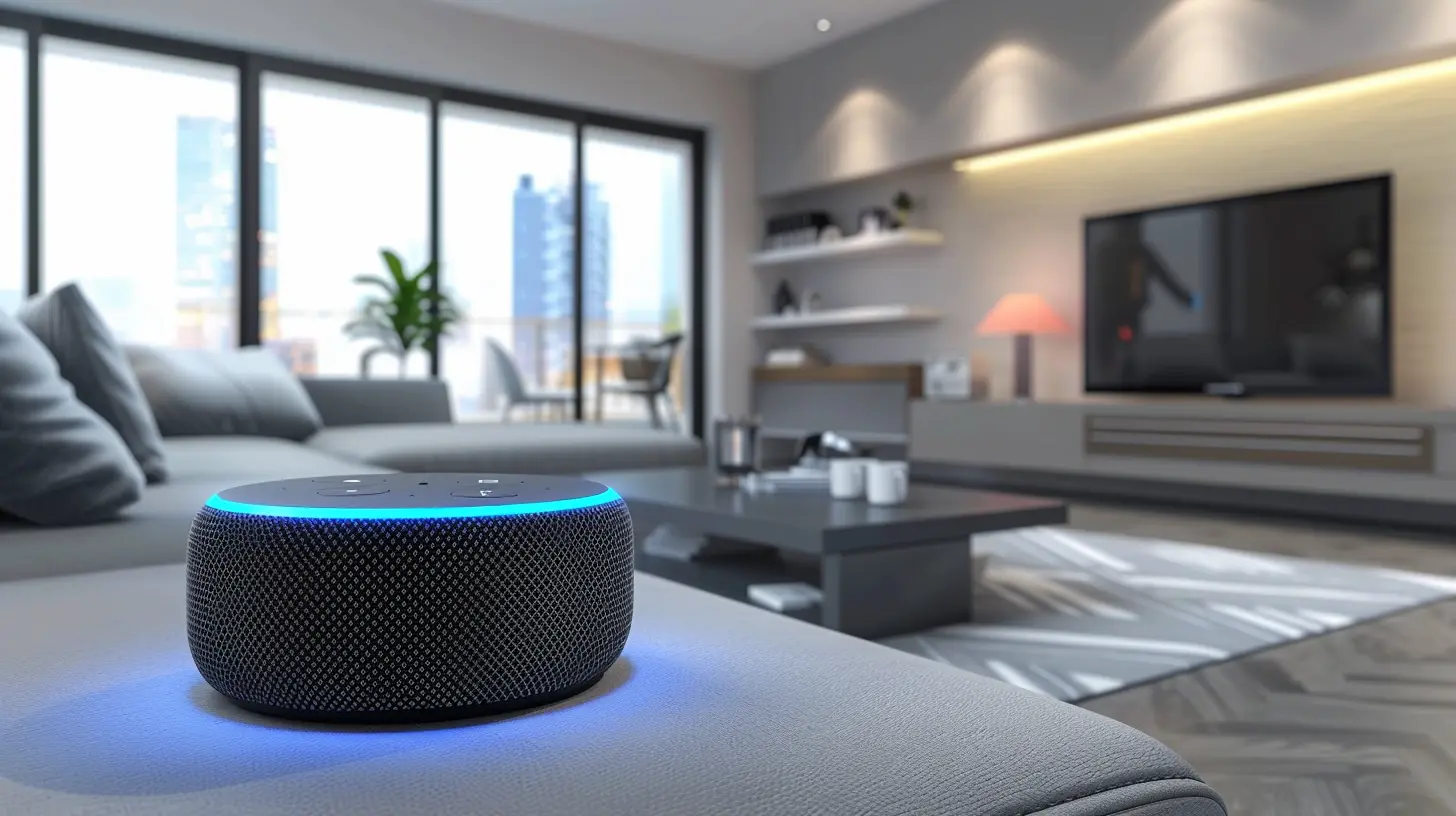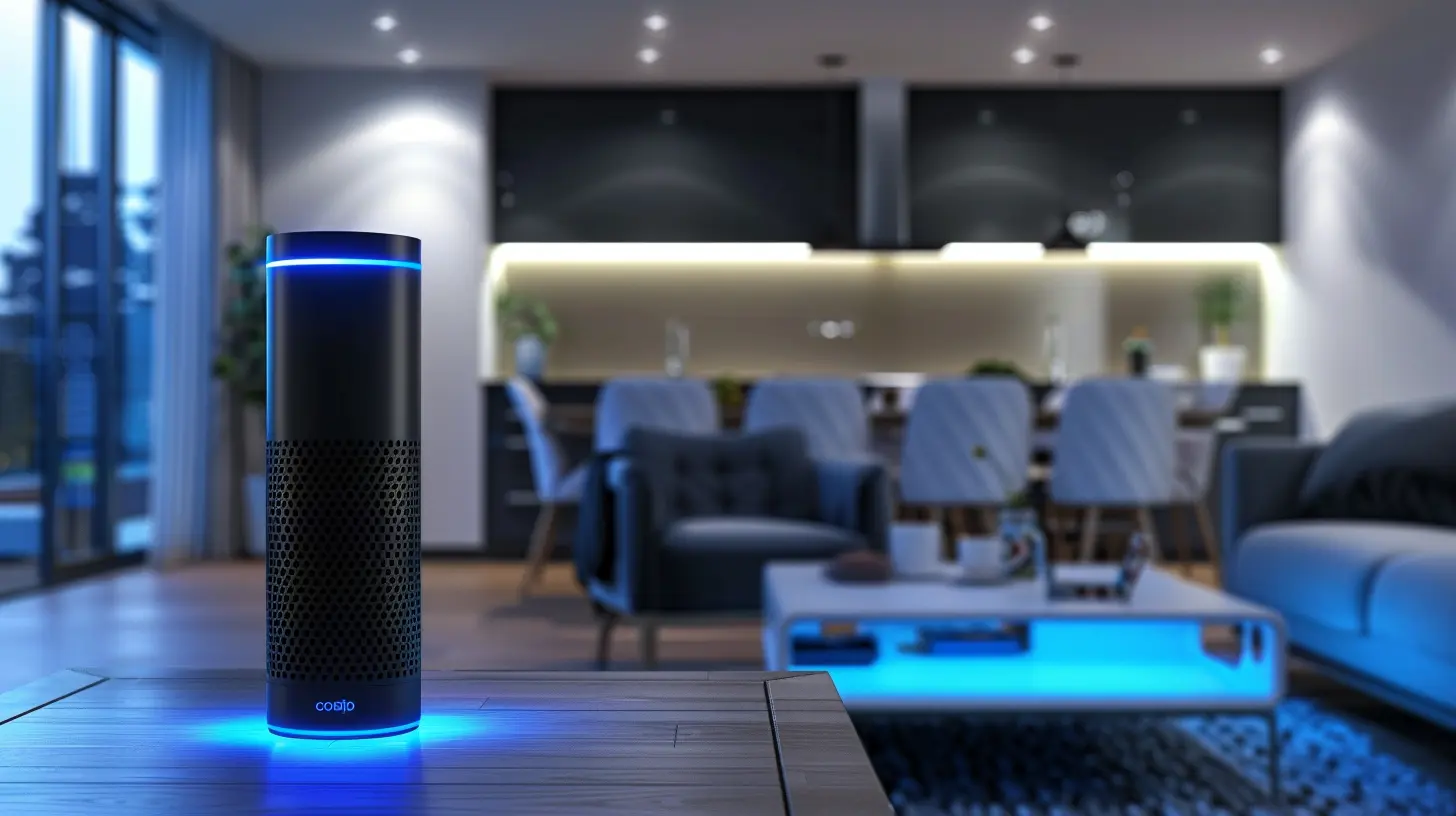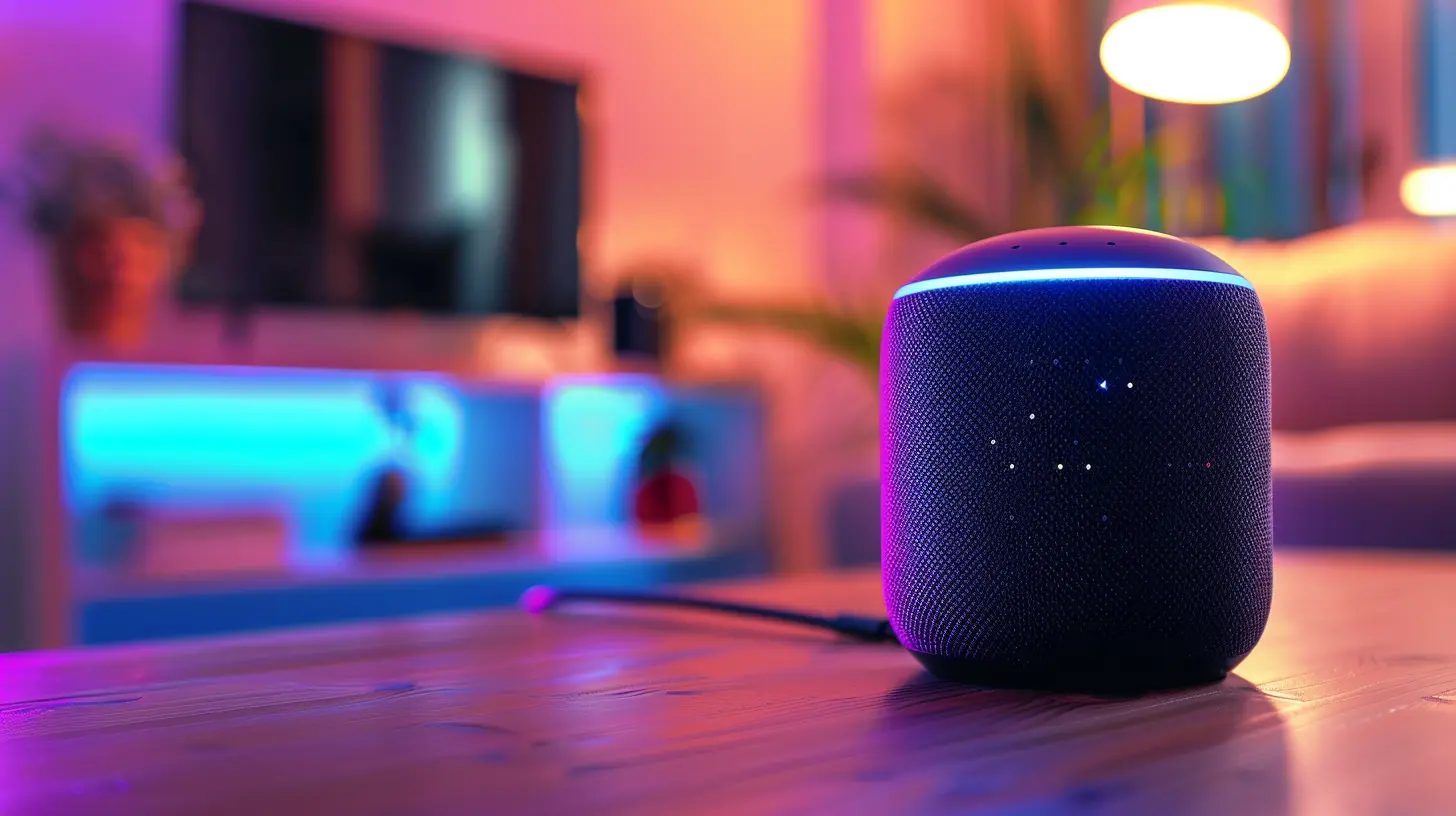Voice Control in Home Automation: The Future of Convenience
10 October 2025
Technology is evolving at an incredible pace, and one of the most exciting advancements in recent years is voice control in home automation. Imagine walking into your house and simply saying, "Turn on the lights," or "Set the thermostat to 72 degrees," and watching your smart home respond instantly.
It sounds like something straight out of a sci-fi movie, right? Well, the future is now! Voice-controlled smart homes are revolutionizing the way we interact with our living spaces, bringing convenience, efficiency, and even a touch of luxury into our daily lives.
So, let’s dive deep into this game-changing technology and see why it’s shaping up to be the future of home automation. 
What Is Voice Control in Home Automation?
Voice control in home automation refers to using voice commands to control smart devices in a home. This is made possible through voice assistants like Amazon Alexa, Google Assistant, and Apple Siri, which act as the bridge between you and your smart home gadgets.With simple voice commands, you can control:
- Lighting – Turn lights on/off, dim them, or change colors.
- Thermostats – Adjust temperature settings without touching a button.
- Security Systems – Lock doors, arm alarms, or check security camera feeds.
- Entertainment Systems – Play music, control the TV, or adjust speaker volume.
- Appliances – Start coffee makers, preheat ovens, or even control robotic vacuums.
In essence, voice control eliminates the need to physically interact with switches, remotes, or apps. It’s automation at its finest—effortless and futuristic! 
Why Voice Control is the Future of Convenience
1. Hands-Free Living
Imagine cooking dinner with messy hands and needing to adjust the oven temperature. Instead of fumbling with buttons, you can simply say, "Set the oven to 375 degrees."Voice control brings incredible convenience by letting you interact with your smart home without lifting a finger. Whether your hands are occupied, you're in another room, or you're just feeling lazy—voice commands make life easier.
2. Faster and More Efficient
Nobody likes scrolling through apps or navigating menus just to adjust their smart devices. With voice control, commands happen instantly.A simple, "Turn off all the lights," before bed is much quicker than manually flipping switches or opening a mobile app. It's seamless automation that improves efficiency in everyday tasks.
3. Enhanced Accessibility
For individuals with mobility challenges, disabilities, or elderly users, voice-controlled homes are a life-changing innovation.Instead of struggling to reach a switch or using complicated interfaces, they can simply speak their commands, making independent living easier and safer.
4. Multi-Device Integration
Modern homes are packed with multiple smart devices, and managing them separately can be overwhelming. Voice assistants integrate everything into one centralized hub, allowing seamless control of different devices using a single voice command.For example, saying "Good night" could simultaneously:
✔️ Turn off lights
✔️ Lock doors
✔️ Adjust the thermostat
✔️ Set an alarm
It's like having a personal assistant managing your home for you!
5. Improves Energy Efficiency
Let’s be honest—how often do we leave unnecessary lights or appliances on? With voice automation, managing energy usage becomes effortless.You can say:
- "Turn off all unused lights."
- "Lower the thermostat when I'm away."
- "Shut down all smart plugs at night."
This helps reduce electricity bills and promotes a more eco-friendly lifestyle. 
The Technology Behind Voice-Controlled Smart Homes
How Does Voice Control Work?
Voice control relies on advanced AI (Artificial Intelligence) and NLP (Natural Language Processing) to understand and execute commands.Here’s a simple breakdown of how it works:
1. You speak a command – ("Turn on the living room lights.")
2. Voice assistant processes it – Converts speech into text and determines the intention.
3. Smart home hub receives the request – The system connects to the correct smart home device.
4. Action is executed – Your lights turn on instantly!
This happens in a fraction of a second, making the experience smooth and natural.
Popular Voice Assistants and Their Role
- Amazon Alexa – Works with Echo devices, supports thousands of smart home integrations.- Google Assistant – Integrated with Google Nest, provides excellent AI-driven responses.
- Apple Siri – Works with HomeKit, ideal for Apple ecosystem users.
Each assistant has strengths, but they all contribute to making smart homes smarter and more interactive. 
Challenges and Limitations of Voice Control
While voice control brings immense convenience, it’s not flawless. Here are some common challenges:1. Speech Recognition Issues
If you've ever had a voice assistant misunderstand you, you know how frustrating it can be. Accents, background noise, or unclear speech can affect responsiveness.2. Privacy and Security Concerns
Voice assistants constantly listen for wake words. While companies assure that private conversations aren't recorded, the risk of data breaches or eavesdropping always exists.3. Device Compatibility
Not all smart home devices support voice control. Some require third-party hubs to function, adding extra costs and setup complexity.4. Internet Dependency
No internet? No voice control. Since most smart assistants rely on cloud processing, an internet outage can leave you without access to your voice-controlled home functions.How to Set Up a Voice-Controlled Smart Home
Interested in upgrading your home with voice automation? Here’s how you can get started:Step 1: Choose a Voice Assistant
Pick between Alexa, Google Assistant, or Siri based on your preferred ecosystem.Step 2: Get a Smart Speaker or Display
Devices like Amazon Echo, Google Nest Hub, or Apple HomePod act as the control hub for your voice commands.Step 3: Invest in Smart Home Devices
Look for compatible smart gadgets such as:- Smart lights (Philips Hue, LIFX)
- Smart plugs (TP-Link, Wemo)
- Smart thermostats (Nest, Ecobee)
- Security cameras (Ring, Arlo)
Step 4: Set Up Voice Commands
Using the companion app, create custom voice routines like:- “Hey Google, movie time” → Dims lights, turns on the TV.
- “Alexa, bedtime” → Locks doors, turns off appliances.
Step 5: Enjoy Hands-Free Control!
That’s it! Your smart home is now voice-activated, making life more convenient and futuristic.Final Thoughts
Voice control in home automation isn't just a passing trend—it's the future of convenience. It simplifies daily tasks, enhances accessibility, boosts energy efficiency, and integrates multiple smart devices into one seamless system.While there are challenges, the benefits far outweigh the drawbacks. As AI technology improves, voice assistants will become even smarter, more intuitive, and more secure—taking home automation to the next level.
So, are you ready to embrace the future of voice-controlled homes? If not now, then when?
all images in this post were generated using AI tools
Category:
Home AutomationAuthor:

Ugo Coleman
Discussion
rate this article
1 comments
Korian Jackson
Great article! Voice control is truly transforming home automation, making our lives so much easier. Excited to see how this technology continues to evolve and enhance our everyday experiences! Keep it coming!
October 31, 2025 at 5:46 AM

Ugo Coleman
Thank you for your kind words! I'm glad you enjoyed the article. Exciting times ahead for voice control in home automation!


